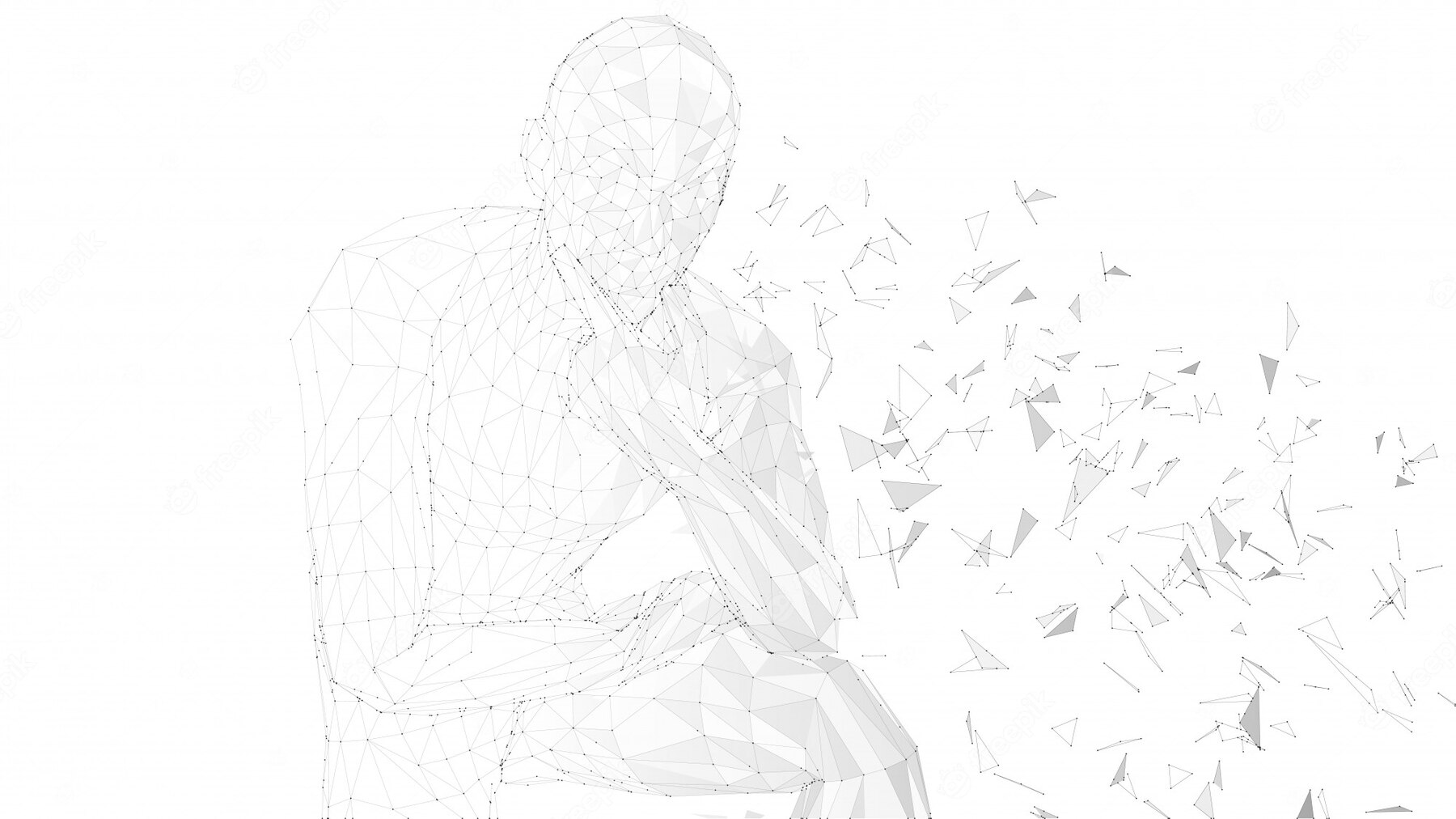Author Kit
Introduction
- The ICBITI paper submission and review processes will be entirely electronic and will be conducted online using CMT Microsoft System as described below:
- Authors who intend to participate in the conference require to register with the CMT submission system and then use it to submit their full papers.
- Full paper submission should be completed on or before “Paper Submission” deadline as listed in the Important Dates
- The submitted "full papers" will be peer reviewed, using the online review system, by experts selected by the conference "Technical Program Committee" for their demonstrated knowledge of relevant fields. The result of the review process will be published on this website, and authors will also be informed by email. Review result will be ready by the “Review Decision Notifications date”.
- Authors of accepted papers are required to prepare a final version of their paper and will submit it using the CMT online submission system. The version of the final manuscript will be significantly the same as the submitted full paper but will take into account the reviewers’ comments. The final paper must be completed and submitted on or before “Final Submission and Author Registration” deadline.
- The final version of an accepted paper will appear in the conference proceedings provided that at least one of the authors registered. This must be carried out on or before the “Final Submission and Registration” deadline.
- ICBITI conference follows the IEEE Xplore “No-Show Policy”, which states that it is up to the Conference Committee’s discretion to allow “no shows” to be published in the IEEE. If a change is made to a paper after its acceptance to a conference, IEEE recommends that the Program Committee review the final paper.
- Accepted papers will be submitted for inclusion into IEEE Xplore subject to meeting IEEE scope and quality requirements.
- Only papers are (accepted, registered and presented) at ICBITI will be submitted to IEEE Xplore.
Format
To make the review process convenient for reviewers, and to assure that submitted papers and final manuscripts are readable through the online review system, authors are required to submit (only full) papers that are formatted as per instructions given below. Submitted paper formatting should be identical to final manuscript formatting. Papers not conforming to the prescribed format will be rejected without review. Likewise, final manuscripts not conforming to the required format will not appear in the proceedings.
Contact
Please make sure that you use the conference name (ICBITI) and the paper ID number, assigned by the online submission system, on all correspondence. Additional inquiries regarding submission of papers should be directed to: BiTi@gaftim.com.

Instructions
- Step 1 Complete a properly formatted paper
- Step 2 Submit the paper electronically
- Step 3 Check the BiTi website for the process of your paper
- Step 4 Revise accepted papers for final submission
- Step 5 verify that your final paper manuscript is IEEE compliant
- Step 6 Submit final manuscript electronically
- Step 7 Submit copyright form electronically
- Step 8 Register for the conference
Submission Guidelines
Quality standards for research articles are rigorous and focus on ensuring scientific validity, relevance, and originality. Kindly adhere to the following critical aspects that authors must consider when submitting their work to us:
- Originality and Scientific Accuracy:
- The research must be original and contribute new knowledge or insights to the field.
- The findings and conclusions should be well-supported by data and analysis, adhering to scientific methods.
- Clear and Logical Presentation:
- The article should be clearly written and logically structured.
- It must contain a coherent flow from the introduction through to the conclusions, with each section serving a clear purpose.
- Relevance to the Field:
- The research should be of interest to the theme readership and fit within the scope of the conference.
- It should address significant questions that are pertinent to the field of study.
- Methodological Rigor:
- The methodology section must be detailed enough to allow other researchers to replicate the study.
- Empirical and analytical methods should be described clearly and precisely.
- Ethical Standards:
- Research involving humans must have appropriate ethical approval.
- The manuscript must include a statement on ethics approval at the beginning of the methods section.
- Proper Attribution of Sources:
- All sources of data and literature must be appropriately, accurately, and correctly cited.
- The manuscript should be free from plagiarism and IA generated content, and should not be under consideration by any other publication.
- Language Quality:
- The manuscript must be written in excellent academic English, with clarity and precision in expression.
- Structure & Formatting
- The manuscript length must NOT exceed (5000 words), in English, and fit within one of the conference topics.
- For the overall manuscript format, follow the IEEE formatting requirements as per IEEE Conference Templates. https://www.ieee.org/conferences/publishing/templates.html
- Figures and tables should be of high quality, clearly legible, and correctly in-text cited, numbered, followed in ordered sequence, and their reference is presented.
- References added by “Mendeley” following IEEE style.
- The following rule will apply regarding (iThenticate plagiarism, similarity, AI, readability, and scope): (15%-20% all sources or/and 3%-5% any single source: returned to be fixed) (touching 20% all sources or/and above 5% any single source: desk reject)
- Peer-review Process
- Authors will receive two rounds of review comments each time changes on the manuscript should be fixed by highlighting and following track changes.
